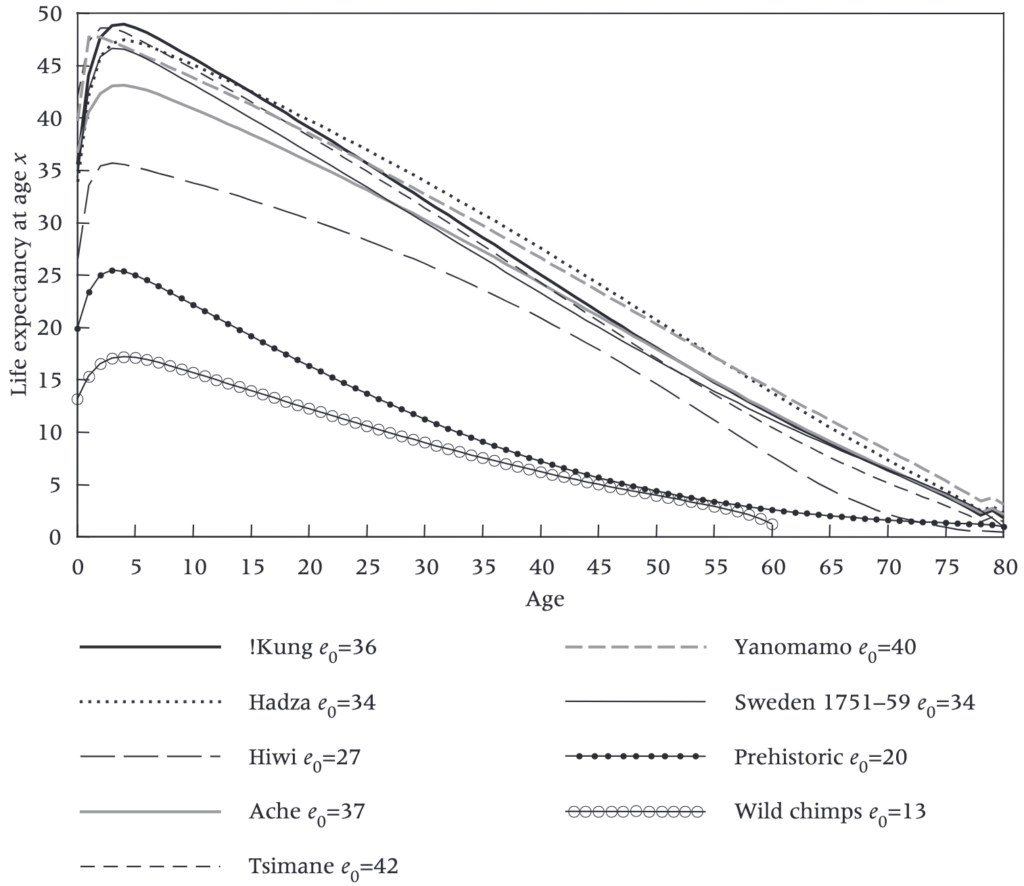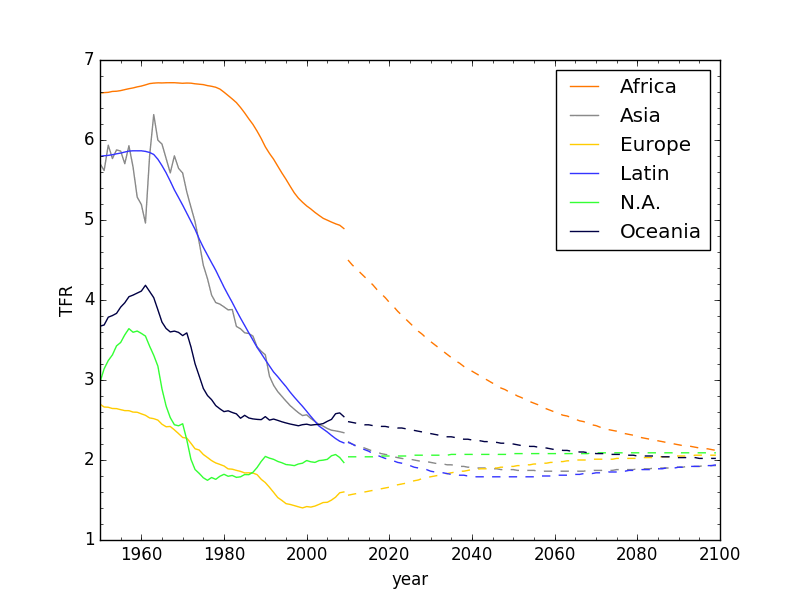
Having just switched again to Daylight Savings Time (DST) in the U.S., it’s a good opportunity for me to express my misgivings on the matter. I’m not going to delve into the history or motivations: that’s what Wikipedia is for. The main take-away will be what it says about—and does to—our perceived relationship to the world.
The parents of my friend from Puerto Rico nailed it. He had moved to Rhode Island for college, and called them every week at a certain time. A few months in, he warned them that next week he’d be calling an hour later than normal (as they would perceive it) due to the time change. “What kind of arbitrary shenanigan is that?! You can’t go around just changing the clocks! Balderdash!” I’m sure that’s the exact translation from Spanish. In any case, I’m in total agreement!
The Phenomenon
Noon is loosely defined as the middle of the day, when the sun is at its zenith—crossing the north–south meridian. This was the cardinal moment of the maritime day, when sextants marked the apex of the sun’s daily journey across the sky and hourglasses were reset accordingly: eight bells; change of watch (not wristwatch, in this case). By comparing local noon to an accurate chronometer (clock)—set to Greenwhich time, for instance—one could ascertain longitude on the planet, which transformed navigation and quelled many anxieties about being blown onto a lee shore in the dark of night.
Continue readingViews: 2102








